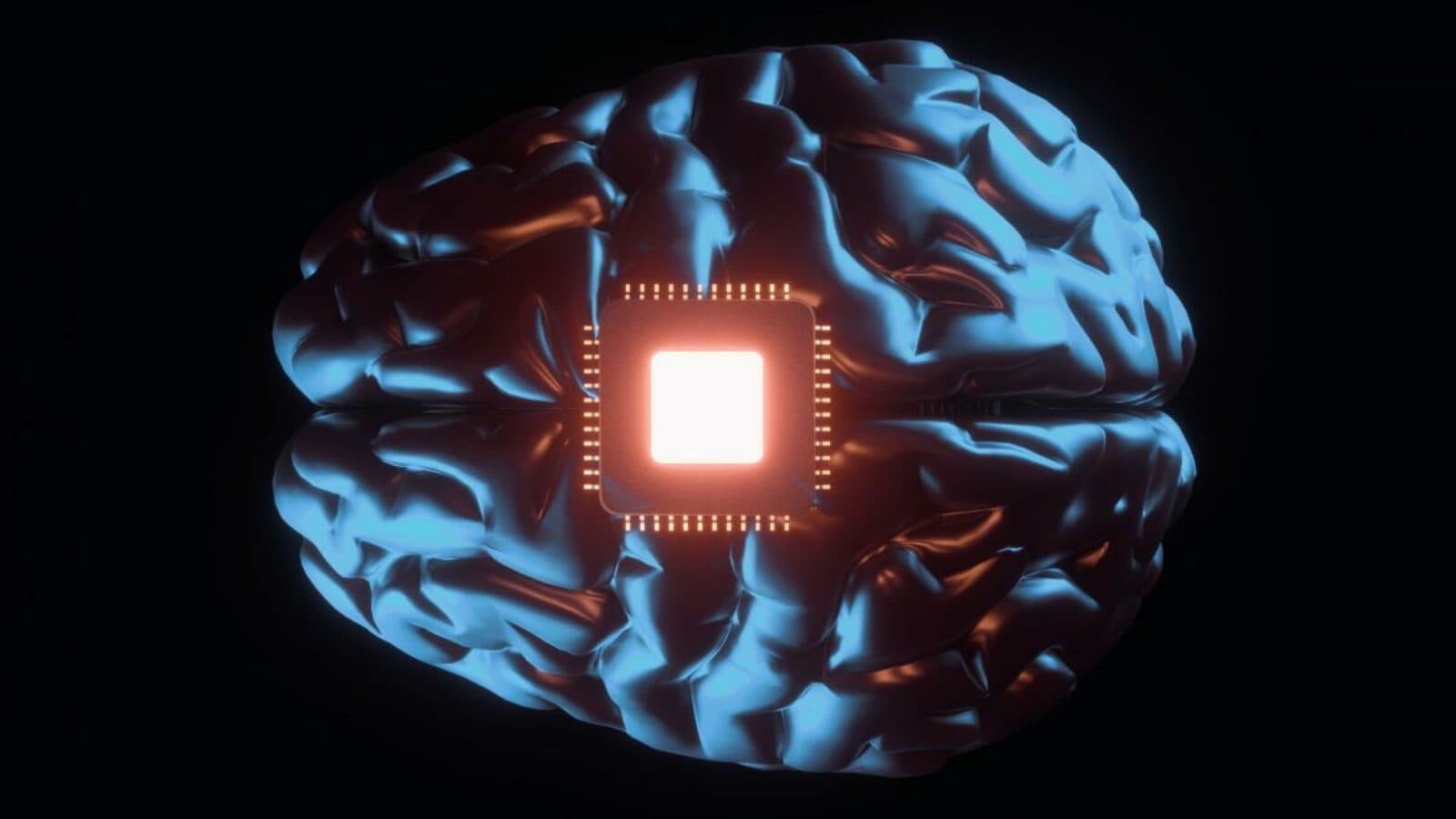Neurotechnology’s Rise
by Lindsay Borthwick
Calls for a concerted effort to develop ethical guidelines for emerging neurotechnologies

The Author
The Researchers
MIT Technology Review called Elon Musk’s splashy demo of his company’s coin-sized brain impact “neuroscience theater.” That may be. But researchers, including Rafael Yuste of the Kavli Institute for Brain Science at Columbia University, have been urging caution and calling for a concerted effort to develop ethical guidelines for emerging neurotechnologies as private and public research laboratories create ever more powerful brain-computer interfaces and AI systems. That’s where this roundup of brain research highlights begins. It ends with a fascinating look at complex social behaviors, how they arise in even the “simplest” of creatures and the technical advances it takes to study them in the lab.
Standing for Neurorights
As Elon Musk introduced the world to a pig with a brain implant, the New York Times’ Sunday Review ran a feature on burgeoning efforts to “read” neural signals and even “write” them into the brain — and the potential impact of this research on humanity. A central voice in the article belongs to Columbia University neuroscientist Rafael Yuste, MD/PhD, co-director of the Kavli Institute for Brain Science. Yuste has used powerful experimental techniques like optogenetics to measure and manipulate neural activity in the mouse brain, even demonstrating that a hallucination can be provoked by stimulating the right cells in a rodent’s visual cortex. But in response to rapid developments in brain-computer interfaces and artificial intelligence, and the entry of consumer tech companies into the field of neurotechnology, Yuste has also urged the global community to establish “neurorights” to respect and preserve people's privacy, identity, agency, and equality. “Forget about the Covid crisis,” Dr. Yuste told Times’ writer Moises Velasquez-Manoff. “What’s coming with this new tech can change humanity.”
COVID Stress
Yale neuroscientist Amy Arnsten, PhD, is one of the world’s leading experts on how stress affects the brain, in particular the prefrontal cortex, which exerts control over our emotions, thoughts and actions. In response to the COVID-19 pandemic, Arnsten created a YouTube video about how the brain may be altered by the uncontrollable stress the pandemic presents. The video explains how the release of chemicals like noradrenaline and dopamine in response to stress disrupts signaling pathways in the prefrontal cortex and impair its function. With prolonged stress, a flood of these neurotransmitters can even trigger structural changes that make us more vulnerable. Arnsten told the Hartford Courant in a recent interview, “The prefrontal cortex is the Goldilocks of the brain. It likes to have everything just right.“ We can keep Goldilocks happy by getting plenty of sleep and exercise, and more: “It’s also good to help other people. It makes you feel better yourself. Listen to your favorite music. Give yourself experiences of beauty. ... So often people don’t think to give these things to themselves. Try to be your own cheerleader.” Arnsten is a founding member of the Kavli Institute for Neuroscience.
Decoding Dexterity
Salk neuroscientist Eiman Azim, PhD, studies how the brain and spinal cord control dexterous movement. In a recent Q&A, he discusses his path to brain research, some of his lab’s exciting projects, and the lessons his newborn son can offer scientists. One current project is focused on the sensory pathways that provide feedback to the brain about the consequences of a movement. His lab is working on understanding how the strength of that sensory feedback is controlled so that the most important signals get to the brain. “We’ve been identifying circuits in the brain that can adjust the strength of tactile signals that come from our skin, a process that appears to be critical for effectively grasping and manipulating objects to interact with the world,” he told Inside Salk magazine. Azim is a member of KIBM at Salk.
Prozac’s Power
They have been in use for more than 40 years, but researchers are still trying to understand how selective serotonin reuptake inhibitors (SSRIs), a popular class of antidepressants that includes fluoxetine, or Prozac, combat the mood disorder. Now, a team of Rockefeller researchers in the lab of the late Paul Greengard, who spent the latter part of his career studying cell signaling defects in schizophrenia, depression and other brain disorders, have found a clue. Led by Revathy Chottekalapanda, PhD, the team identified the chain of molecular events in the mouse brain through which SSRIs exert their effect. “For the first time, we were able to put a number of molecular actors together at the crime scene in a time- and sequence-specific manner,” said Chottekalapanda in a Rockefeller University news article. Their data could help researchers predict who will respond to SSRIs and find ways to improve the drugs’ efficacy. Greengard was a member of the Kavli Neural Systems Institute (Kavli NSI).
Spectacular Group Think
Rockefeller biologist and Kavli NSI member Daniel Kronauer, PhD, uses clonal raider ants to study social evolution and behavior. But studying social insects isn’t easy. As a result, his team has had to pioneer new experimental techniques, including automated tracking techniques and software that allow them to study how the ants’ complex group behaviors arise. In a recent tweet, Kronauer shared a short video of a collective behavior that can now be studied in the lab: scout-initiated group raiding. In a recent preprint (a research manuscript that has not been peer-reviewed), Kronauer and his team report that group raiding is a precursor to mass raiding, which he calls “one of the most spectacular collective phenomena out there.” The researchers found that mass raising, in which thousands of ants spontaneously leave a nest to hunt, emerges from group raiding, in which a scout leads a smaller group of ants to a target, as colony size increases. Individual ants continue to follow the same behavioral rules.